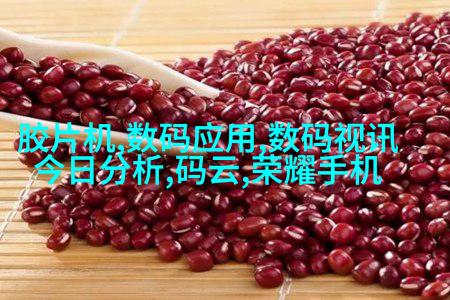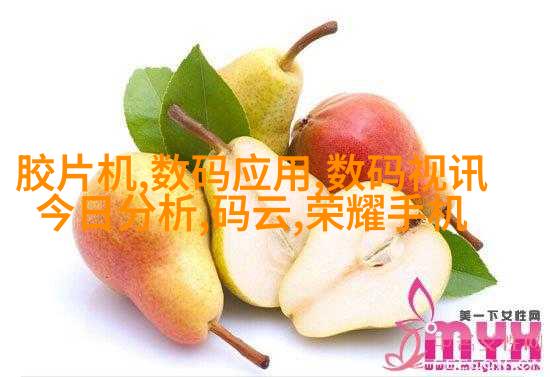市场之谜:水果背后的秘密

在繁忙的都市中,有一个名为“绿洲”的地方,人们称它为水果批发市场。这里是新鲜水果的聚集地,是城市居民日常生活中的重要补给站。但当夜幕降临,这个看似平静的场所却隐藏着一系列未解之谜。
第一章:夜色下的交易

夜晚,绿洲变成了一个神秘的地方。路灯下,身影交错,低语成为了交流的方式。在这个时候,没有人会注意到那些不起眼的小摊位,它们藏匿在角落里,不仅卖的是普通的蔬菜和水果,还有更珍贵、更难以寻觅到的品种。而这些小摊位上的老板,他们似乎都知道一些别人不知道的事情。
第二章:供应链中的黑洞

每天早晨,当阳光照进绿洲时,一列车loads of fresh fruits and vegetables will arrive at the market. But few people know that behind this seemingly simple process lies a complex web of supply chains. The journey from farm to table is long and arduous, involving multiple hands and many stages. It's not hard to imagine that some "lost" or "damaged" goods might have fallen through the cracks along the way.
第三章:价格背后的故事

Watermelons are one of the most popular fruits in green oasis, but their prices can vary greatly depending on several factors. Some watermelons are sold for as low as 10 yuan per kilogram, while others can cost up to 50 yuan per kilogram. What determines these price differences? Is it really just about quality or freshness? Or are there other factors at play?
第四章:环境与可持续性

In recent years, consumers have become increasingly aware of environmental issues such as carbon footprint and food waste. However, in green oasis, it seems like these concerns are often overlooked in favor of profit margins. The constant influx of new produce leads to a culture where products are discarded quickly without much thought given to their fate after they're gone.
第五章:未来展望
As we continue down this path, what does the future hold for our beloved green oasis? Will we see more emphasis on sustainability and fair trade practices? Or will we continue down the same path until something drastic happens? One thing is certain: change is coming whether we like it or not.
总结
The mysteries surrounding green oasis may never be fully unraveled, but by shedding light on some of its lesser-known aspects, perhaps we can begin a dialogue about how best to ensure that our love affair with fresh fruit doesn't come at too high a cost both personally and environmentally speaking.